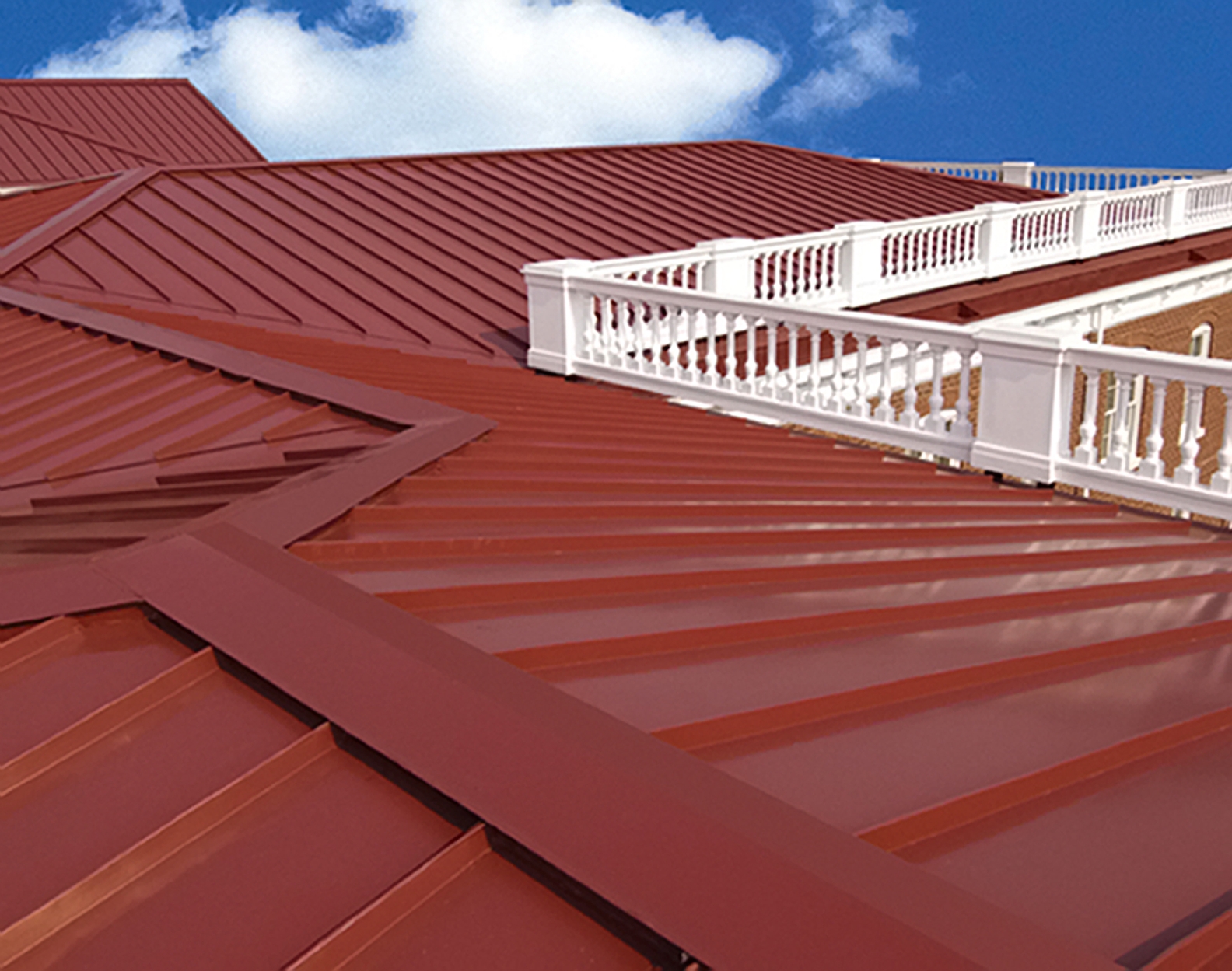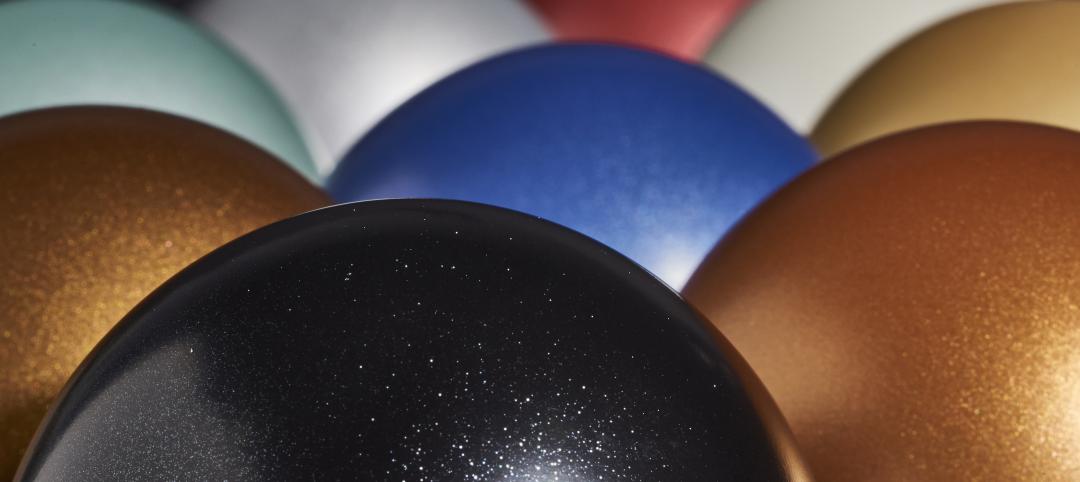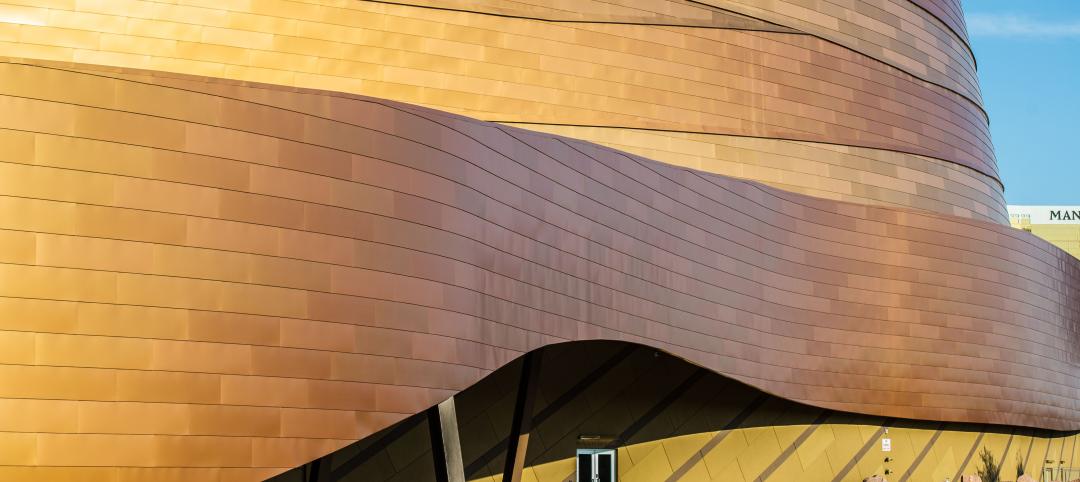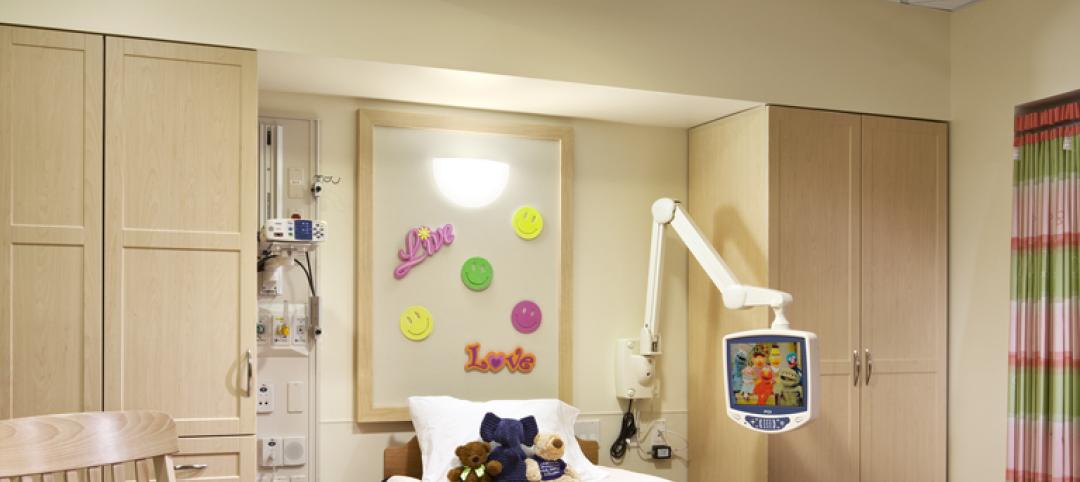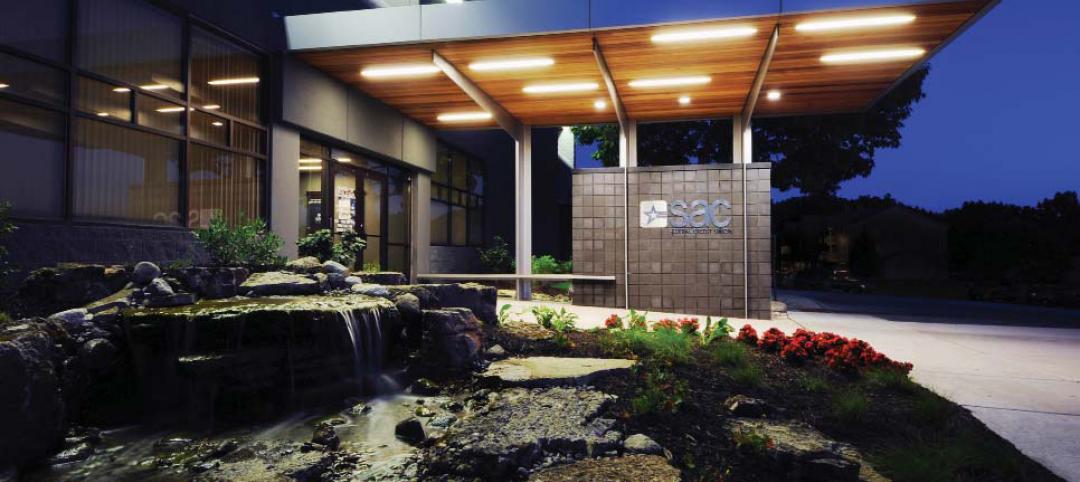The power of color extends beyond the psychological, such as with its ability to elicit emotions or communicate a company’s message through branding. Colors can also help reduce the energy a building needs for HVAC, lighting, and more. In other words, colors are a helpful tool for meeting energy performance goals.
“I once saw a solar home that had a southern-facing wall that was painted black,” says Beth Ready, Senior Associate at Gensler, who has more than 20 years of design experience and expertise in large-scale wayfinding and signage. “It absorbed heat during the day and warmed the house at night. Roofs are also painted silver for the opposite reason.”
While roofs aiming for "cool" are commonly painted in lighter colors such as silver or white, color palettes have also been expanding in recent years to allow a variety of hues while still maintaining cool roofing standards. It is important to note though that heat loss is not uniform, and some colors will lose more than others.
A study by the Lawrence Berkeley National Laboratory revealed that increasing a roof’s reflectivity and other surfaces in warmer metropolitan areas could reduce an estimated $10 billion in energy and equipment costs for air conditioning. To describe this phenomenon, the lab uses the term “cool-colored,” which is a color that strongly reflects the invisible near-infrared radiation that makes up nearly half of sunlight. When a cool color is used instead of a warm color to coat a material, this can boost the material’s solar reflectance by as much as 0.4.
The Scientific American likens a building to the clothes we wear on our back when it comes to heat absorption and reflection. On a hot summer day, it is easier to stay cool with a light-colored shirt rather than a dark one, as the light-colored material reflects light and heat away while dark materials absorb them. “[It] basically comes down to the number and type of chemical bonds in a material – these bonds affect what kind of light, specifically what wavelength, it absorbs,” Scientific American reports.
Related Stories
Architects | Aug 5, 2020
Final report: BD+C's 2020 Color Trends Report
This special research report from the editors of BD+C explores the leading trends and drivers related to the use of color on commercial, institutional, and multifamily building projects.
Sponsored | | Jan 15, 2018
Innovations Pave the Way for High-Performing Metallic Coatings
Valspar's durable metallic coating systems are made to last while providing a vibrant sparkle
Sponsored | | Oct 10, 2017
Tracing Color Trends and the Paint Industry Through the Years
Innovations in technology mean today's architects have endless options when it comes to coating options.
Sponsored | | Sep 6, 2017
Special Effects: Going Beyond the Color Spectrum for Exteriors
AEC teams have endless options when it comes to choosing hues and effects for architectural coatings
Sponsored | | Jun 14, 2017
Psychology in the Coloring of Built Environments
Expert says some of color trend research really comes down to human psychological and emotional responses
Sponsored | | Apr 26, 2017
Advancements in Materials Open Up Color Trend Possibilities
For color experts, predicting trends before they happen requires a trained eye and being able to understand people
Sponsored | Color Innovations Series | Aug 9, 2015
Campus Branding With Color
Iconic and identifiable colors play role in higher ed branding on campuses. - See more at: http://www.bdcnetwork.com/campus-branding-color#sthash.ijEP68Iy.dpuf


